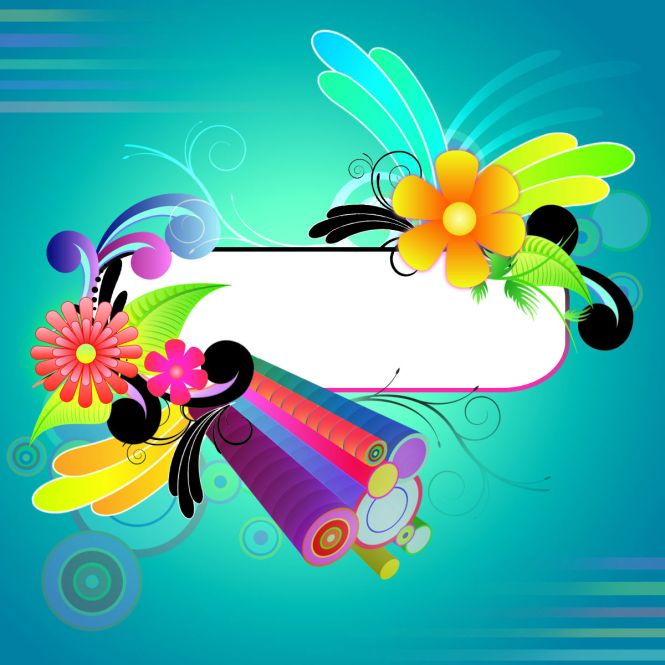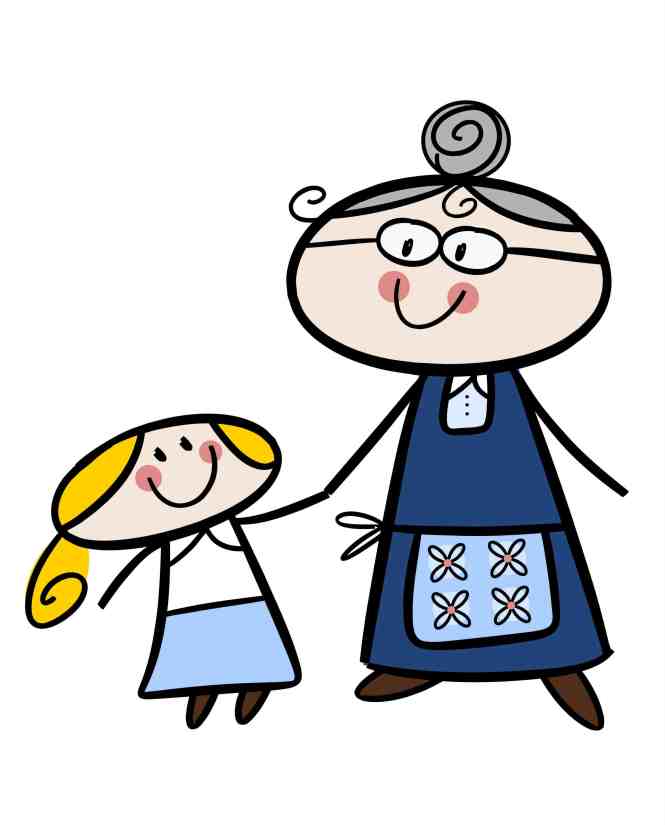This is my fifth and last post for the topic on doodling. Please click here for my first post on this series.
Throughout the period of time spent on doodling, I feel that the process of doodling is an interesting process which combines one’s artistic talent (which is not mandatory), subconscious thinking, associative thinking and visual elements into a single art piece that demands interpretation from one’s personal viewpoint. While deeper interpretations can be sourced through online research and others’ opinions, doodling as a therapeutic tool is most efficient when a personal interpretation by the artist is given.
However, doodling should not be considered as a psychological tool, a technique merely to be administered to individuals facing mental hardships. Doodling can be used by anyone who wishes to deepen their understanding of oneself through the creative use of visual elements. Much creative endeavors arise from the right sphere of our brains and they are associated with associative rather than linear thinking. Hence, it’s not surprising that while doodling remains an interesting tool, the interpretation of its visual elements remains enigmatic to most except the more psychologically attuned and the spiritually-inclined. Nevertheless, with effort and persistence, doodling can be added to one’s accessory of self-knowing in our journey of self-learning and self-awareness.
In addition, it is not unreasonable for one to affirm the argument that doodling can be used as an appendage to enhance the technique of mind-mapping for intellectuals, students ,working professionals and the creatives. The human minds work better with visuals rather than text. Hence, doodling can serve as “visual anchors” to link a word to its visual counterpart, thereby facilitating faster mental recalls and improving one’s memory. This is especially useful when one applies this to subjects and topics on humanities.
Let doodling be a part of your life if possible and reap immense benefits!




